INTRODUCTION
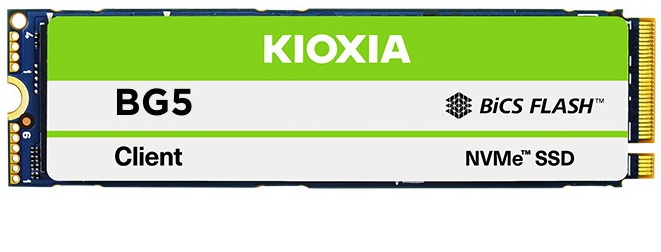
Even though the latest PCIe 5.0 Gen5 M.2 NVMe SSD models should be able to deliver data transfer speeds even surpassing 11000MB/s the reality is that they are still a rare sight in the market and so PCIe 4.0 Gen4 models are still the hottest storage media around. Now according to all the latest unveilings during this year's CES i do expect new PCIe 5.0 Gen5 NAND controllers to make their product debuts in the next months (both for the consumer and enterprise markets) and from what i hear from manufacturers they should improve on things like temperature levels (and performance since some are advertised as going well over 12000MB/s) but until then i just don't see a change in the market. So, today I’m testing yet another PCIe 4.0 Gen4 M.2 NVMe model and more specifically the BG5 (KBG50ZNV1T02) 1TB client-grade model by KIOXIA.
KIOXIA Europe GmbH (formerly Toshiba Memory Europe GmbH) is the European based subsidiary of KIOXIA Corporation, a leading worldwide supplier of flash memory and solid state drives (SSDs). From the invention of flash memory to today's breakthrough BiCS FLASH 3D technology, KIOXIA continues to pioneer cutting-edge memory solutions and services that enrich people's lives and expand society's horizons. The company's innovative 3D flash memory technology, BiCS FLASH, is shaping the future of storage in high-density applications, including advanced smartphones, PCs, SSDs, automotive and data centers.
Being client-grade the BG5 SSD line by KIOXIA includes both regular and SED (self-encryption) models available in both M.2 2230 (256/512/1024GB) and M.2 2280-S2 (512GB/1024GB) form factors (single sided). These PCIe 4.0 Gen4x4 M.2 NVMe v1.4 SSDs are virtual multi-LUN (VML)-enabled models (this means the end user has access to the drive's back-end) based on the DRAMless TC58NCOL 1BGSB NAND flash controller by KIOXIA together with their very own 112-layer BiCS5 3D TLC NAND flash memory (the resulting sequential performance is advertised at 3500MB/s for reads and 2900MB/s in writes). Unfortunately, not much is known for the TC58NCOL 1BGSB controller other that it supports the Host Memory Buffer (HMB) architecture (uses a fraction of your PC's system memory to cache mapping tables - only supported on versions of Windows 10/11 launched from 2019 and beyond), sanitize function, error-correction, TRIM and NCQ (SED models also support TCG opal 2.01). In terms of durability KIOXIA just reports an MTTF (mean time to failure) of 1.5 million hours and covers the entire BG5 line with a 3-year limited warranty.
SPECIFICATIONS AND FEATURES

THE BG5 M.2 2280 1TB
Since the BG5 is a client-grade line my sample arrived inside a large box which has room for no less than 45 such drives.
The drive follows the typical M.2 2280 form factor and at the top it has a sticker with the model name, capacity, electrical requirements and several certifications on it.
Removing the sticker reveals the tiny DRAMless TC58NCOL 1BGSB NAND flash controller.
On the far end of the top, we find an 1024GB 112-layer BiCS5 3D TLC NAND flash memory module (too much space left between these two but do keep in mind that the same drive is available at the much smaller M.2 2230 form factor).
The opposite side of the PCB is completely empty as expected from a single-sided drive.
TEST BED
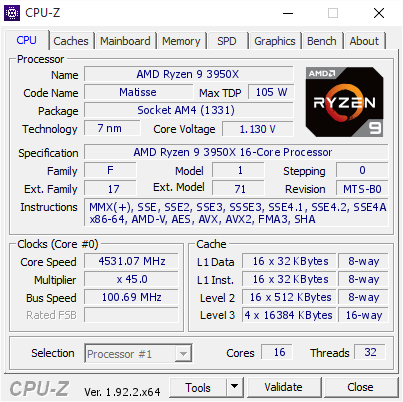

TESTING METHODOLOGY
Not long after I first started testing SSDs back in 2008, I concluded that it's almost impossible for any single benchmark suite to accurately measure their performance and that's why in certain benchmark suites we see amazing read/write performance numbers with some drives while in others things are quite different. The reason behind this is that some benchmarking suites are configured to read and write random chunks of data while others read and write constant (sequential) ones. So that's why i always use a very wide selection of benchmarking suites including AIDA64, HD Tach RW, HD Tune Pro, Crystal Disk Mark, Sisoftware Sandra Pro, AS SSD, IOmeter and ATTO. To get the most accurate results each test gets repeated a total of 6 times with the average performance numbers recorded into the charts*/****. Also, as of February 25th 2015 our results will also include the Storage Networking Industry Association’s (SNIA) IOMeter tests. These tests include a 12 Hour write test used to “simulate” performance degradation over time and a mixed workload test which basically shows what you can expect when using an SSD continuously for roughly two hours. Unfortunately, due to the time required for these tests they get repeated a total of 3 times and not 6 as the above.
Many people have made inquiries about our charts in the past so once again please do keep in mind that the Charts have the average performance numbers of each drive recorded and not the peak (highest) ones. Also, although every single one of these programs can help potential buyers choose the right drive for their needs you should also remember that from any kind of benchmark up to real world usage the gap is not small (and usually most differences will go unnoticed by most people). All tests were performed in a fresh Windows 10 Pro x64 installation complete with every update up to the date of this review.
* Since November 2018 the SSD comparison charts have been divided to 2.5” and M.2 models to reduce their growing size.
** Unless stated otherwise the Ryzen 9 3950x based Test Rig used for M.2 Gen 4 SSD reviews is not located in the lab.
*** As of January 2021 for Gen 3x4 models I’ll be using the Core i9-7980XE test rig (after numerous tests the up to 6% difference in read & write performance compared to the i7-6700 system simply wasn’t enough to justify having an extra test rig around).
**** Since February 2022 M.2 NVMe Gen3 and Gen4 SSD drives are placed in different charts.
TEST RESULTS - AIDA64 / ATTO


TEST RESULTS - HD TACH RW / HD TUNE PRO


TEST RESULTS - SISOFTWARE SANDRA PRO / CRYSTAL DISK MARK


TEST RESULTS - AS SSD / IOMETER
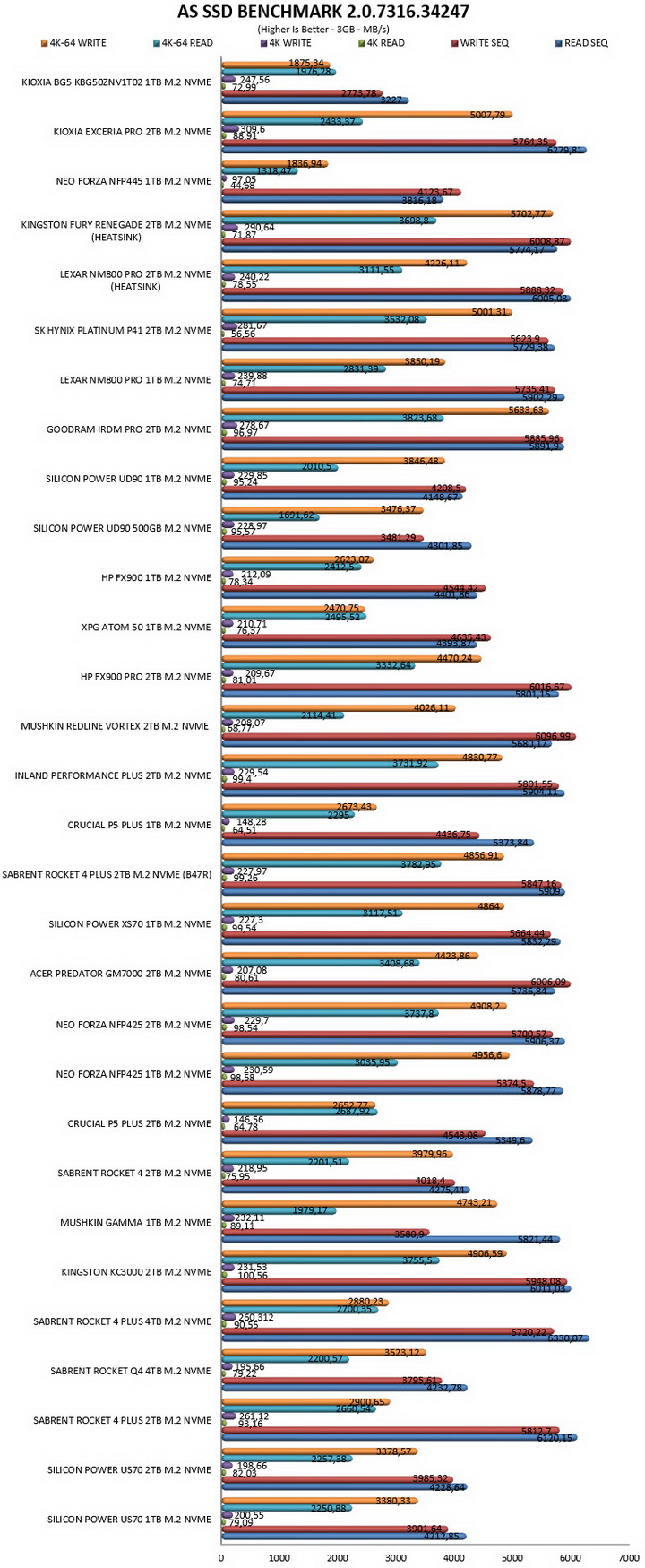
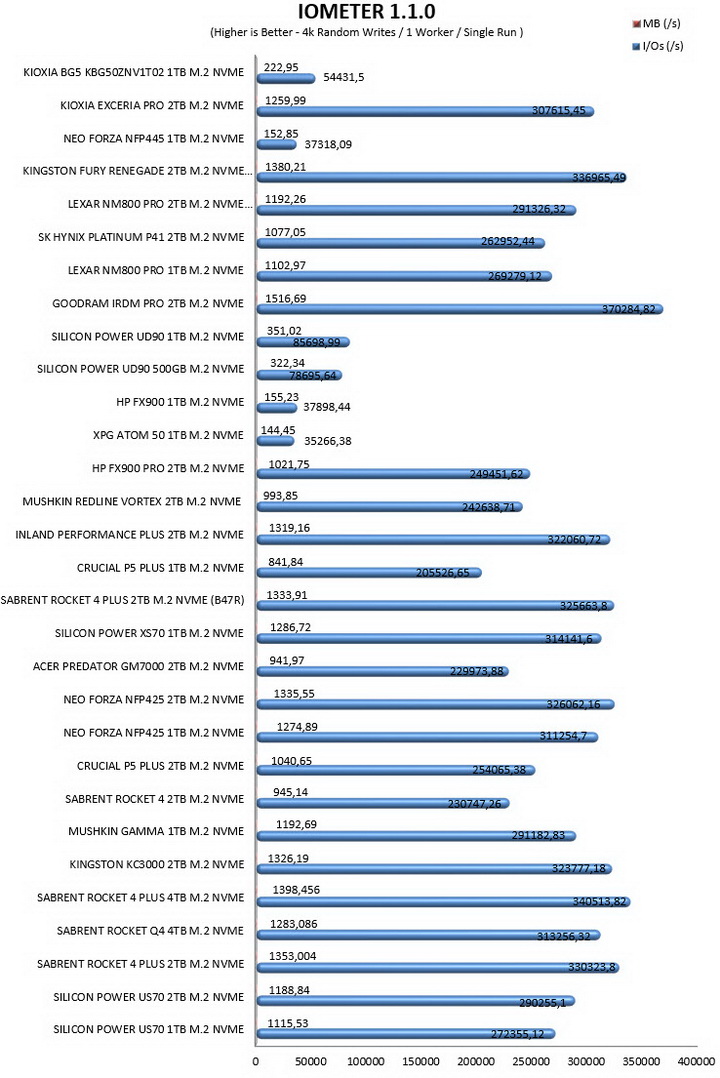
TEST RESULTS - IOMETER SNIA
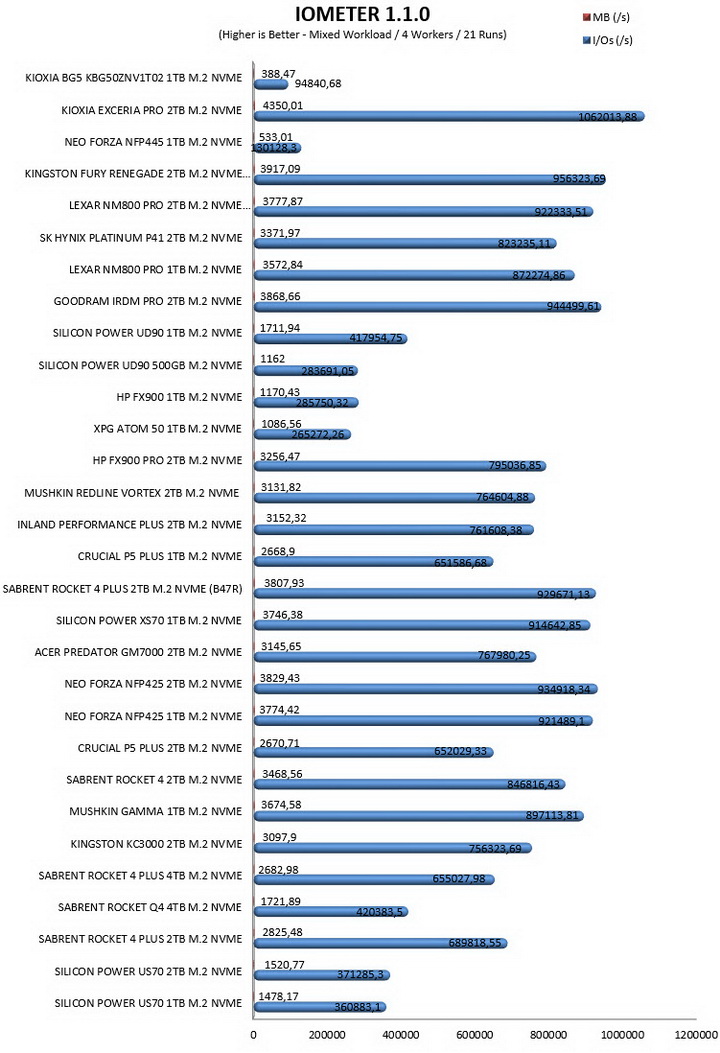
CONCLUSION
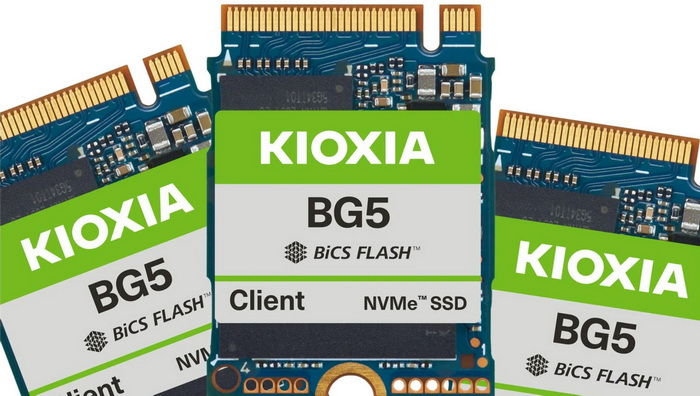
When KIOXIA send the BG5 sample over I hadn’t even checked its specifications sheet (nor did I check the sticker) so when my first results came out, I really thought this was a PCIe 3.0 Gen3 M.2 NVMe SSD. Client-grade storage devices are primarily aimed towards system builders/integrators (for example Lenovo) so most of them are not really on the high-end when it comes to performance. Still, I didn’t expect that a somewhat recent PCIe 4.0 Gen4 drive (the BG5 series was unveiled in late 2021) would deliver Gen3 performance numbers. The good news is that not many current drives (especially SED ones) are available in the M.2 2230 form factor and my guess is that KIOXIA wanted to cover a wider market audience (desktop systems, laptops, mini PC’s, NAS servers and embedded devices in general). Unfortunately, since KIOXIA doesn’t report endurance numbers (TBW) I can’t really comment on that but with an MTTF of 1.5 million hours this should be a mid-endurance drive.
The KIOXIA BG5 (KBG50ZNV1T02) PCIe 4.0 Gen4 Client-Grade M.2 NVMe SSD currently retails for around 160Euros inside the EU, a price tag which at least for an M.2 2280 form factor model is way too much (limited current availability also hurts prices). Still, these are client oriented models so regular consumers are clearly not KIOXIA's target audience (system builders and integrators will obviously get them in bulk for much less). Bottom line the BG5 line by KIOXIA clearly has its sights on a whole different segment of the market/industry (for which it may do wonders depending on final cost and even support) and so it’s obviously not something consumers out in the market looking for a brand new PCIe 4.0 Gen4 M.2 NVMe SSD would ever set their eyes on.
PROS
- Form Factors (M.2 2280 & M.2 2230)
- BiCS5 3D TLC NAND Flash (Mid Endurance / 1.5 Million Hours MTTF)
- Low Power Consumption
- SED Models Available
- 3 Year Limited Warranty
CONS
- Performance Levels (For A Gen4 Model)
- Price (For Some)
- Market Availability

 O-Sense
O-Sense





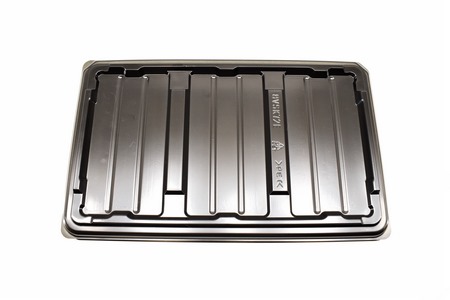
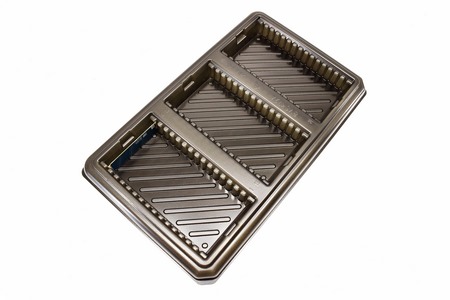
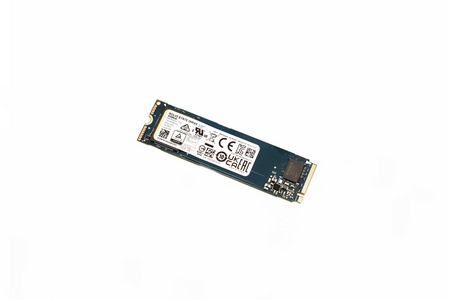
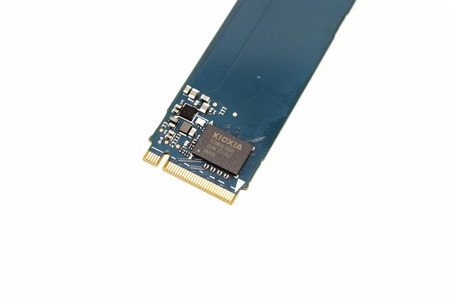
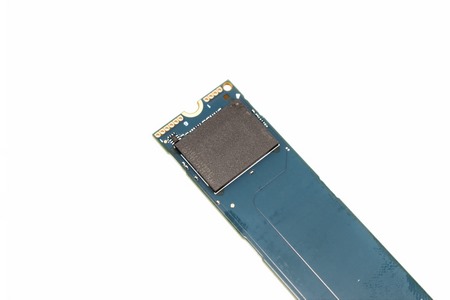
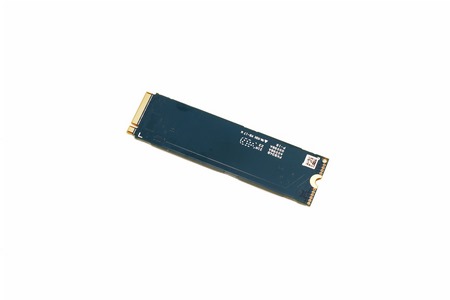
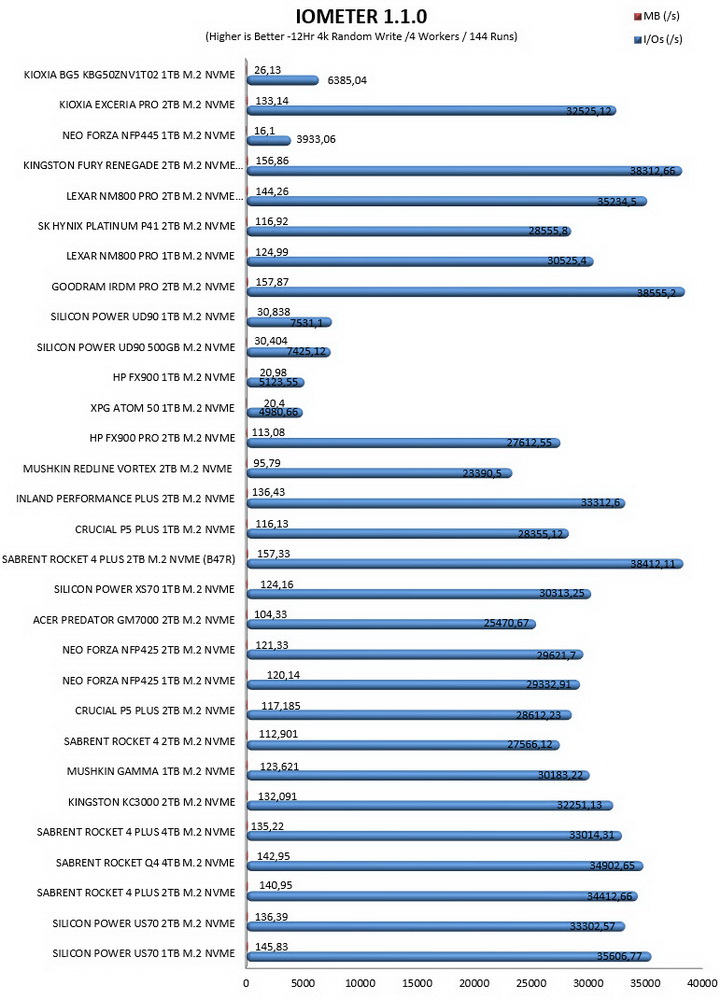
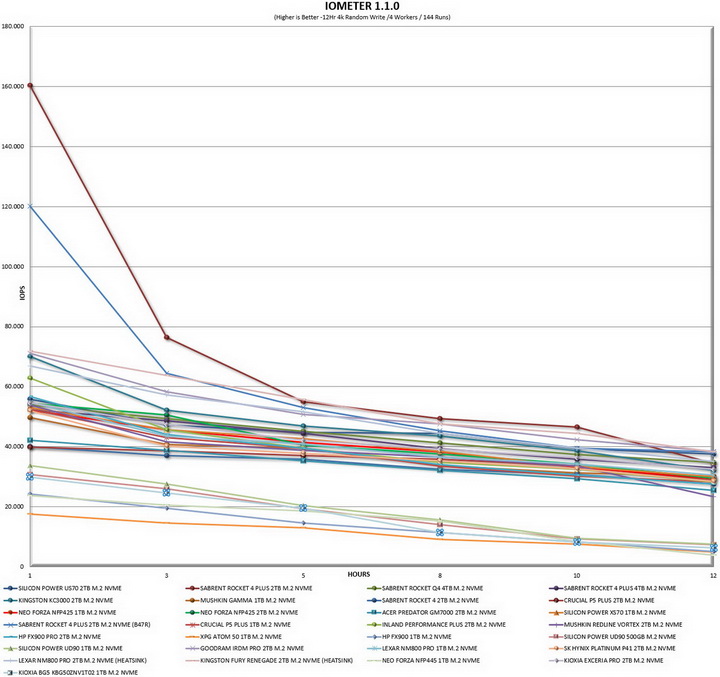


.png)

